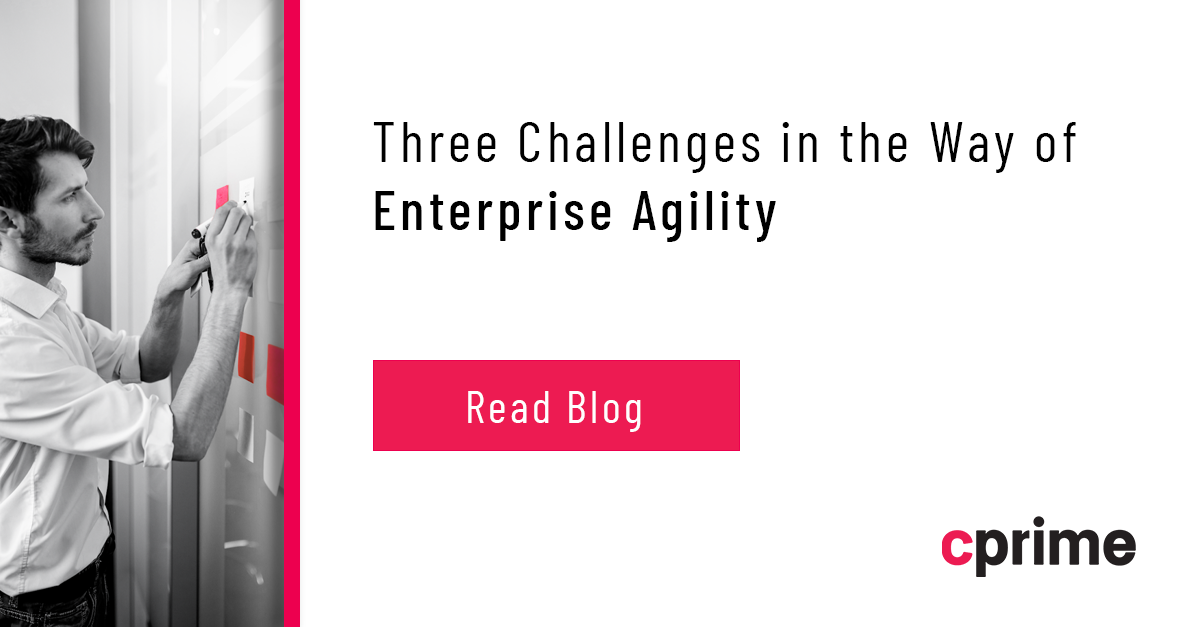How the New Jira Align Funding Features Support Enterprise Agility
ATTENTION VPs of Finance, Portfolio Managers, and executives. Whether you’re currently using Jira Align or you’ve been considering doing so, you’ll want to learn more about the tool’s valuable features and reports around budgeting and funding.
First, though, let’s briefly consider how and why funding presents a challenge for many organizations as they pursue enterprise agility. Then we’ll dive into how Jira Align can help mitigate those challenges, especially now.
The traditional funding model isn’t agile
Traditional funding models focus on departments and the projects they plan to complete. The emphasis is on detailed upfront planning followed by strict adherence to the set plan and accompanying budget. They try to avoid change because it will likely result in the project taking longer and costing more. Once the project is complete, the hope is that the results will earn a healthy return on the initial investment.
This method looks good on paper and makes the accountants happy because they know the long term costs per project. But, it’s rarely great for the customer because the market often changes too quickly for the process to keep up. In other words, the traditional funding model based around project management is not agile. As a result, the final output of a project may fail to deliver value to the customer simply because the customer no longer wants or needs what looked so promising when the plan was made and the project was funded. When that happens, ROI plummets.
Agile teams work iteratively with small batches because they know things will likely change. They invite change through continual experimentation and feedback. But, that means that it is both difficult and unwise to determine ahead of time what work will deliver maximum value. It is also difficult to determine how much it will cost. So teams tend to not plan more than a few sprints or one Planning Increment (PI) in advance.
So, as an organization matures along its Agile journey and pursues Lean Portfolio Management (LPM) or Strategic Portfolio Management (SPM), a logical next step would be to adopt a more agile approach to funding. But that’s easier said than done.
The problem with agile funding

Here are three significant changes that organizations face when moving to funding practices that support agility:
Maximum six-month budgeting horizons
First, organizations scaling their agile practices must eventually move from yearly competitive funding cycles to twice-yearly participatory and collaborative budgeting cycles with processes and funding models that can accommodate mid-year shifts in priorities. This ensures they don’t have a lot of admin overhead and don’t have to create big cost models upfront. To reduce the risk of overspending, scaling organizations should test a hypothesis first with a minimally viable product before they increase funding.
These two ideas help to make the initial investment smaller and testable. This reduces financial risk and the need to justify a considerable spend.
Fund portfolios, not projects
Second, stable Portfolios (defined as groups of value streams) are funded independently of initiatives. This supports the Agile practice of creating stable self-organizing teams of practitioners who will continue to work together over the life of a product. When that occurs, the conversation moves from, “How much money can I get for my thing so that I can hire people to do my thing?” to, “What is the priority thing we want the teams to work on?”
Decentralizing prioritization
Third, with smaller testable initiatives and stable funded teams, the only thing left to think about is which initiatives the portfolio should work on. LPM advocates that all parties participate in deciding priority. Business owners, fiduciaries, and technical architects are part of the prioritization process. They review and analyze initiatives, which are part of a funnel of ideas. Enterprise architects provide size estimates they consider in prioritization. Then, they establish a collaborative evaluation process, called “the portfolio Kanban.”
The key benefit of collaborative budgeting is that it occurs before requiring a huge outlay of energy or estimates from delivery teams. It supports working toward the highest priority items with agility.
How Jira Align funding features and reports can help
Jira Align helps mitigate the risk and resolve these pain points by delivering an extensive set of financial and budgeting reports. As a result, finance pros can spend less time struggling with reporting at the right level and more time with the books.
The solution offers a single source of real-time data, providing a true feeling of confidence in financial reporting. So, it facilitates financial visibility at the Portfolio and Program levels and connects funding to value.
Here is a brief breakdown of the key financial reporting and analysis tools available within Jira Align. Each contains a link to detailed information on Atlassian’s website describing the module or report:
- Strategic Snapshot: see strategy and portfolio project management aligned in one place; used to develop strategy by month, quarter, or year.
- Theme Investment Guardrails: guide how much of a PI’s funding is allocated to delivering a theme associated with a portfolio and PI.
- Portfolio Room: serves as a control panel for the Portfolio Leadership team as it performs its primary functions, including allocating budget to strategic themes, funding value streams and epics, adjusting Program funding as needed, and supplying fiduciary governance.
- Funding Plan: provides a real-time financial view to a subset of the organization to allow tracking against its allocated funding levels based upon a strategic snapshot. The report displays funding and costs by portfolio, program, and PI allocations so that you can effectively manage funding levels.
- Portfolio Funding Status: focuses on the fiduciary decisions made in the portfolio backlog grooming process. The chart should monitor whether decision-making at the portfolio level provides the upstream flow needed by the development pipeline.
- Investment vs. Spend: view program increment funding allocations and the accepted spend per theme in one view. It breaks down into the Investment by Feature and Spend reports.
To learn about all the reports available in Jira Align, download our white paper. To dive deeper into the funding features offered within Jira Align, contact us to set up a demo and speak to a Jira Align expert today!


